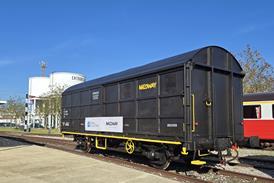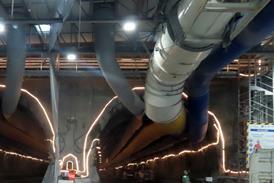Close menu
- Home
-
News
- Back to parent navigation item
- News
- Traction and rolling stock
- Passenger
- High speed
- Freight
- Infrastructure
- Policy
- Technology
- Ticketing
- Business
- Research, training and skills
- Accessibility and inclusion
- People
- Urban rail news
- Suburban and commuter rail
- Metro
- Light rail and tram
- Monorail and peoplemover
- Regions
- InnoTrans
- In depth
- Events
- Data
- Maps
- Tenders & Jobs
- Sponsored content
- Insights
Hong Kong links enhanced in latest expansion of Chinese high speed network
By Railway Gazette International2025-01-16T11:00:00

More cities on the Chinese mainland have got direct rail links to and from Hong Kong under CR’s latest timetable, while the national rail network continues to grow with another flurry of year-end openings.
Already have an account? LOG IN
To continue…
You’ve reached your limit of content for the month














